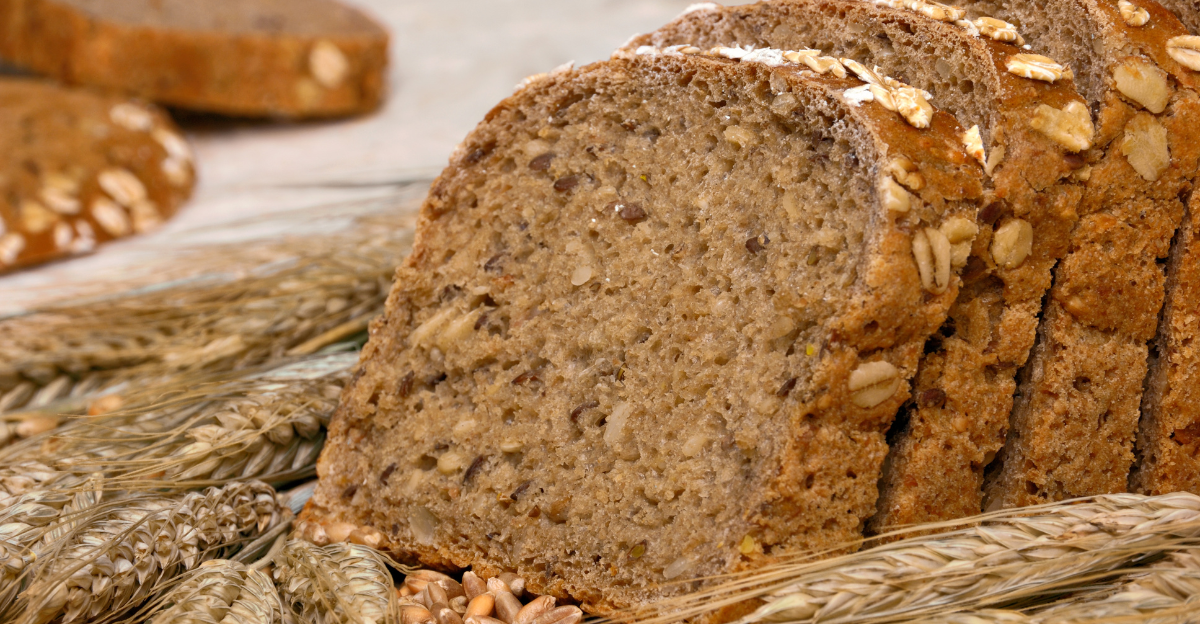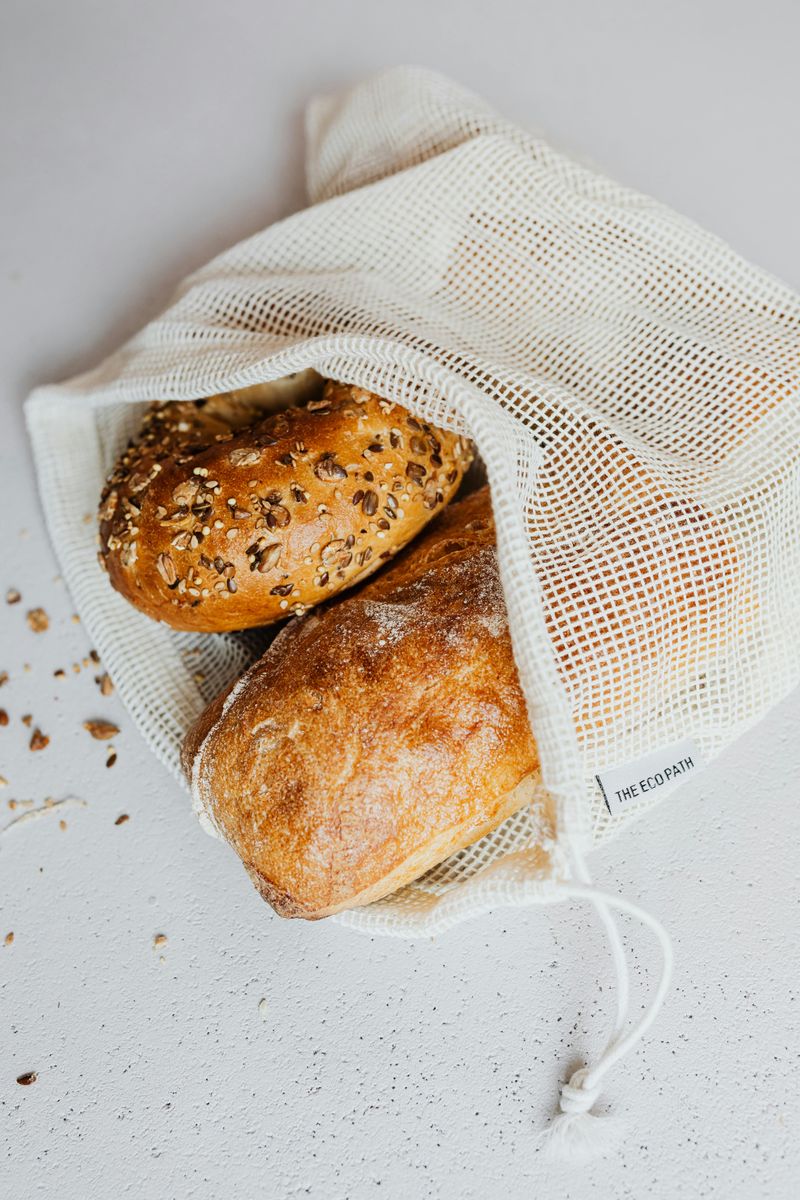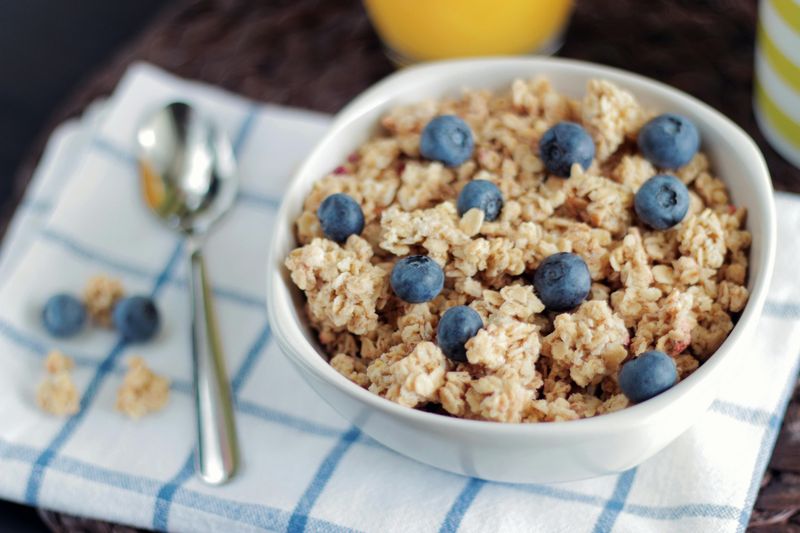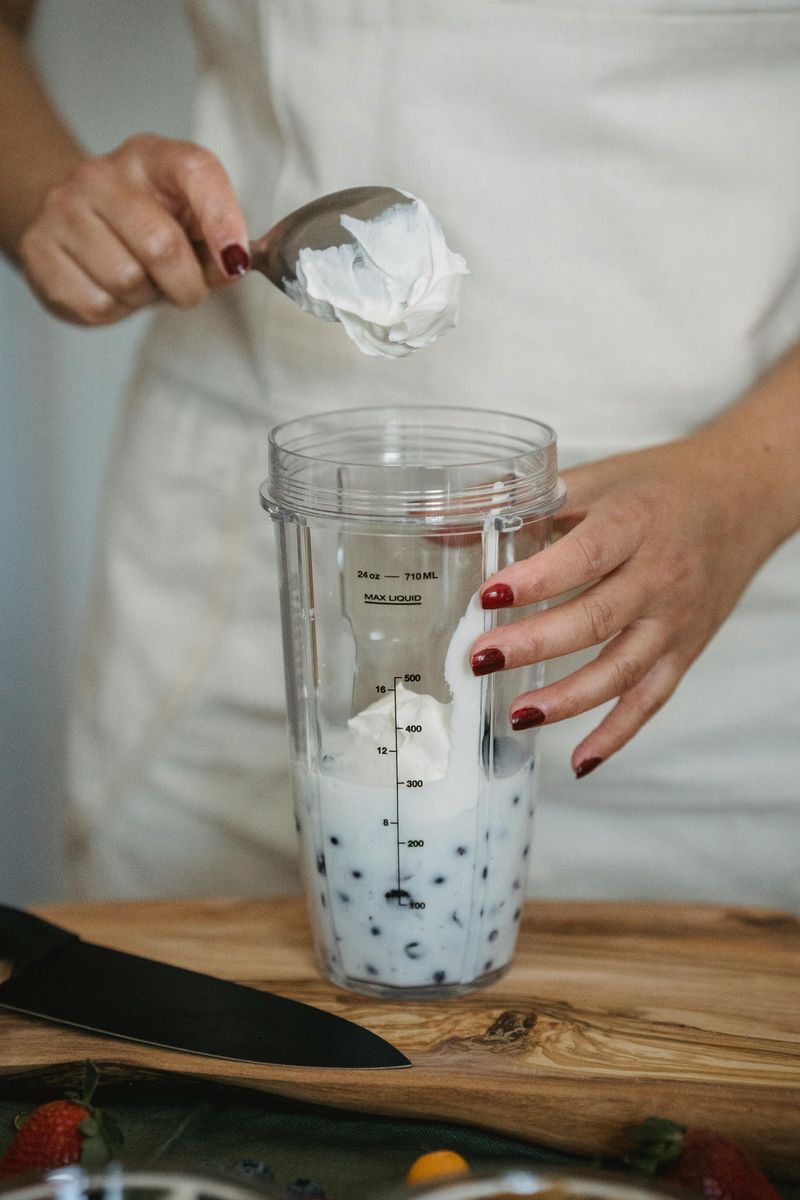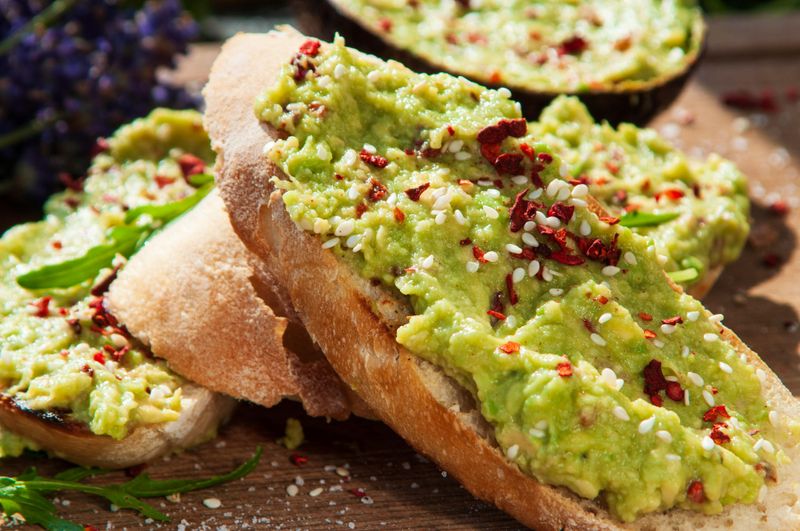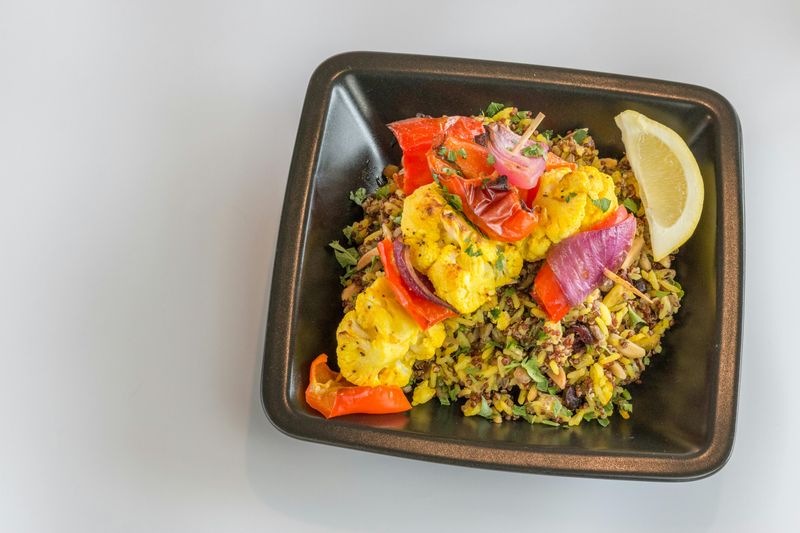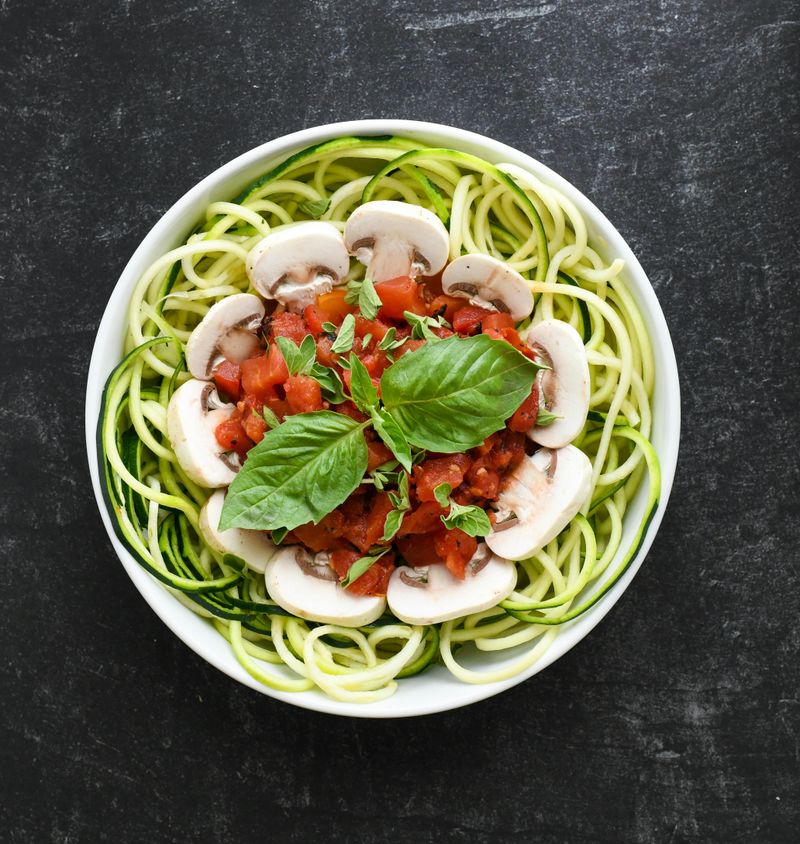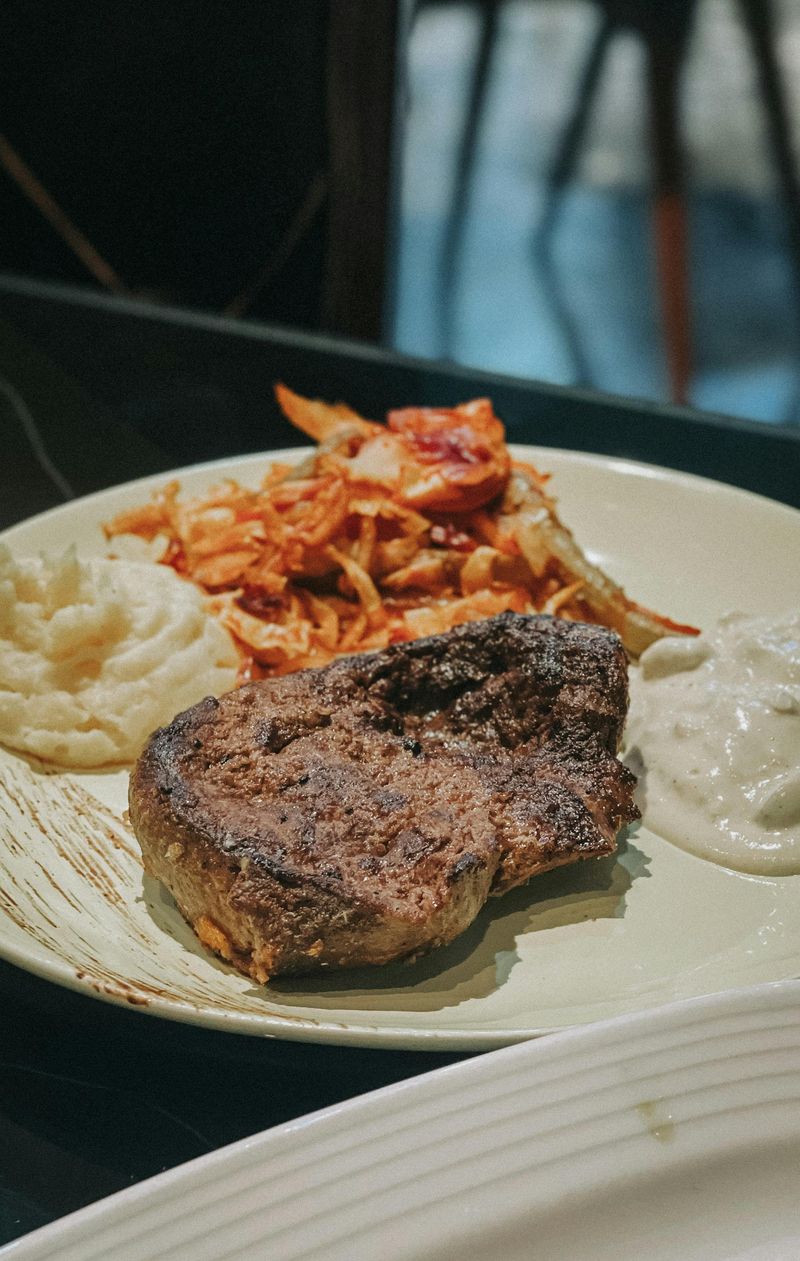Making your meals healthier doesn’t have to mean giving up flavor or following complicated diet plans. Small changes in your everyday food choices can add up to big health benefits over time. By swapping out less nutritious ingredients for better alternatives, you can boost the nutritional value of your favorite dishes while still enjoying delicious meals. Here are eleven simple food swaps that anyone can make to create healthier versions of everyday meals.
1. Whole-Grain Bread Instead of White Bread
Your sandwich just got a major nutrition upgrade! Whole-grain bread contains all parts of the grain kernel, keeping the fiber, vitamins, and minerals that white bread loses during processing.
The extra fiber helps you feel full longer and supports healthy digestion. Plus, whole grains help stabilize blood sugar levels instead of causing the spikes that refined white bread can trigger.
Look for bread where “whole grain” or “whole wheat” appears first on the ingredient list. Even kids often adjust to the heartier texture and slightly nutty flavor after just a few sandwiches.
2. Plain Oatmeal Instead of Sugary Cereals
Morning routines deserve better than a sugar crash! Many colorful cereals marketed to families contain more sugar per serving than some desserts, with minimal fiber or protein to balance things out.
Oatmeal provides lasting energy through complex carbohydrates and contains beta-glucan, a special type of fiber that helps lower cholesterol. Customize plain oats with fresh fruit, cinnamon, or a drizzle of honey for natural sweetness.
Steel-cut and rolled oats have a lower glycemic index than instant varieties, making them even better choices for stable energy throughout your morning.
3. Greek Yogurt Instead of Sour Cream
The tangy kick you love without the extra fat! Greek yogurt has a similar texture and tartness to sour cream but packs a serious protein punch—often containing three times more protein than traditional sour cream.
Use it as a topping for tacos, baked potatoes, or chili. It also makes a fantastic base for dips and dressings when mixed with herbs and spices.
The probiotics in Greek yogurt support gut health, something sour cream can’t claim. For the closest match to sour cream’s flavor, choose plain, full-fat Greek yogurt rather than flavored varieties.
4. Mashed Avocado Instead of Mayonnaise
Sandwich spreads don’t need to be packed with processed oils and preservatives! Replacing mayo with mashed avocado instantly upgrades your sandwich with heart-healthy monounsaturated fats and essential nutrients like potassium and folate.
A simple mash with lemon juice, salt, and pepper creates a creamy spread that works wonderfully on sandwiches, wraps, or as a base for tuna salad. The natural creaminess mimics mayo’s texture while adding a subtle, buttery flavor.
Avocados also contain fiber that mayo lacks completely, helping you feel satisfied longer after your meal.
5. Grilled Chicken Instead of Fried Chicken
Chicken doesn’t need a heavy coating and hot oil bath to taste amazing! Grilling or baking chicken cuts down significantly on calories and unhealthy fats while allowing the natural flavors to shine through.
Marinating chicken breast in herbs, citrus juices, or a touch of olive oil before grilling adds moisture and flavor without the extra fat from frying. The charred edges from grilling even add delicious flavor compounds you won’t get from frying.
Removing the skin before cooking reduces fat content even further, though keeping it on during cooking helps lock in moisture—just remove before eating.
6. Dark Chocolate Instead of Milk Chocolate
Sweet cravings don’t have to derail healthy eating! Dark chocolate with 70% or higher cocoa content contains significantly less sugar than milk chocolate and boasts impressive health benefits.
The higher cocoa percentage means more flavonoids—powerful antioxidants that support heart health and may help reduce inflammation. The rich, complex flavor of quality dark chocolate also encourages slower, more mindful eating, naturally limiting portion sizes.
Start with 70% cocoa if you’re new to dark chocolate, then gradually work your way up to higher percentages as your taste buds adjust to less sweetness.
7. Cauliflower Rice Instead of White Rice
Rice dishes can be reimagined with fewer carbs and more nutrients! Cauliflower rice provides the same satisfying texture as white rice but contains just a fraction of the calories and carbohydrates.
Making it is simple—just pulse cauliflower florets in a food processor until they resemble rice grains, then sauté briefly. It absorbs flavors wonderfully, making it perfect for stir-fries, burrito bowls, or as a side dish.
Beyond the calorie savings, cauliflower delivers vitamin C, vitamin K, and cancer-fighting compounds called glucosinolates that white rice simply doesn’t offer.
8. Zucchini Noodles Instead of Regular Pasta
Pasta night gets a veggie makeover! Spiralized zucchini creates noodles (“zoodles”) that mimic the shape and texture of traditional pasta while dramatically cutting carbs and calories.
One cup of zoodles contains about 20 calories compared to 200 in regular pasta. They cook in just 1-2 minutes and pair beautifully with any sauce you’d use on wheat pasta—marinara, pesto, or even creamy alfredo.
For the best texture, avoid overcooking zoodles, which can make them soggy. A quick sauté or even eating them raw keeps them slightly al dente, just like perfectly cooked traditional pasta.
9. Olive Oil Vinaigrette Instead of Creamy Dressing
Salads deserve better than being drowned in heavy, high-calorie dressings! A simple vinaigrette made from olive oil and lemon juice or vinegar provides heart-healthy fats and brings out the natural flavors of fresh vegetables.
The basic formula—three parts oil to one part acid—creates a balanced dressing that coats greens perfectly. Add minced garlic, Dijon mustard, or herbs to customize the flavor profile.
Many bottled creamy dressings contain added sugars, preservatives, and unhealthy oils. Homemade vinaigrette eliminates these while providing polyphenols from olive oil that may reduce inflammation and support overall health.
10. Sparkling Water Instead of Soda
Fizzy drinks don’t have to come with a sugar overload! Swapping soda for sparkling water infused with fresh fruit satisfies the craving for something bubbly without the 9+ teaspoons of sugar found in a typical can of soda.
Add sliced citrus, berries, or cucumber to plain sparkling water for natural flavor. The carbonation provides the same satisfying sensation as soda, while the fruit adds subtle sweetness and visual appeal.
Regular soda consumption has been linked to weight gain, type 2 diabetes, and tooth decay. This simple swap eliminates those risks while keeping you hydrated.
11. Mashed Cauliflower Instead of Mashed Potatoes
Comfort food gets a low-carb upgrade! Steamed cauliflower blended until smooth creates a convincingly creamy side dish with about 75% fewer carbs and calories than traditional mashed potatoes.
Adding roasted garlic, a touch of butter, and fresh herbs makes cauliflower mash so flavorful that even potato purists might be convinced. The mild flavor of cauliflower takes on whatever seasonings you add, making it incredibly versatile.
For the smoothest texture, thoroughly drain the cauliflower after steaming and use a food processor rather than a potato masher. This creates the silky consistency that makes this swap so successful.
